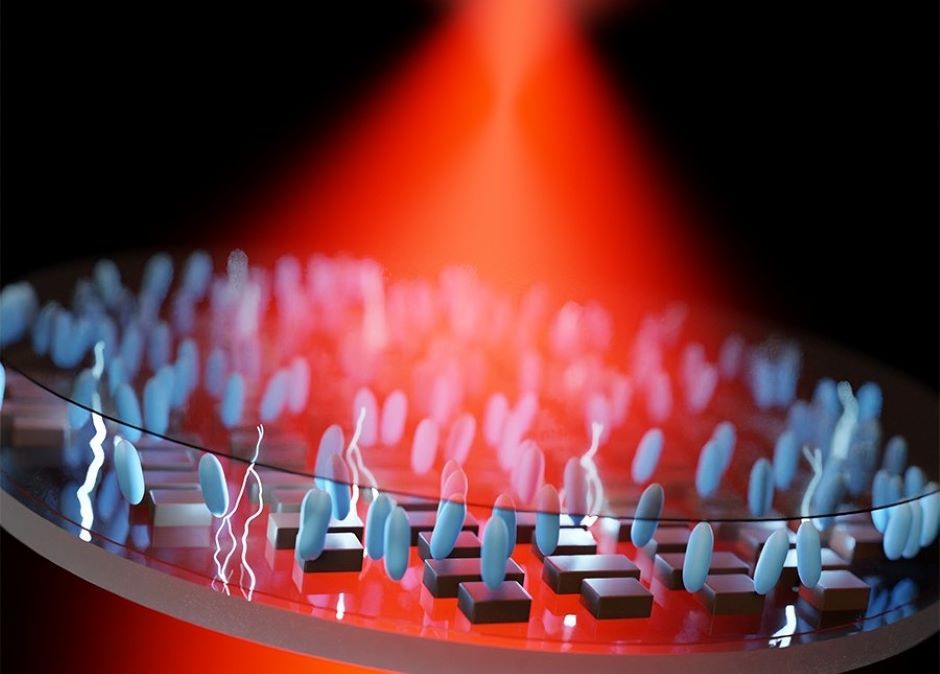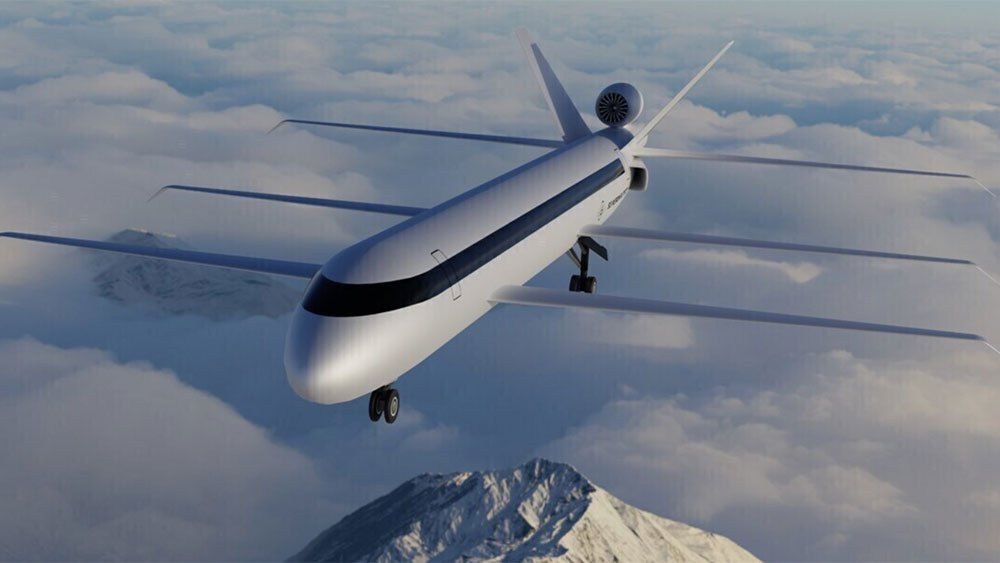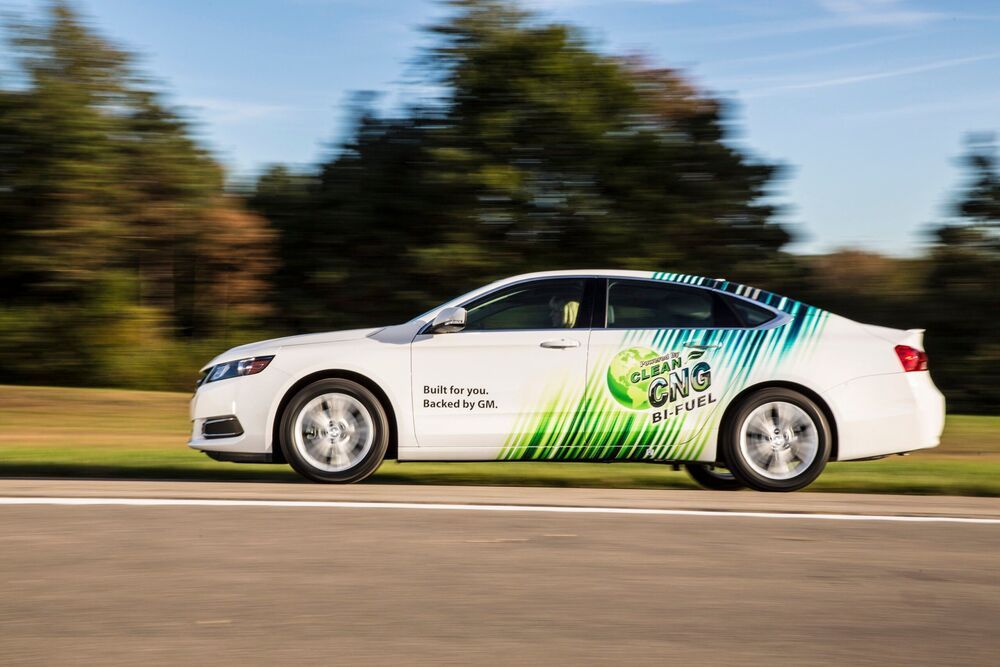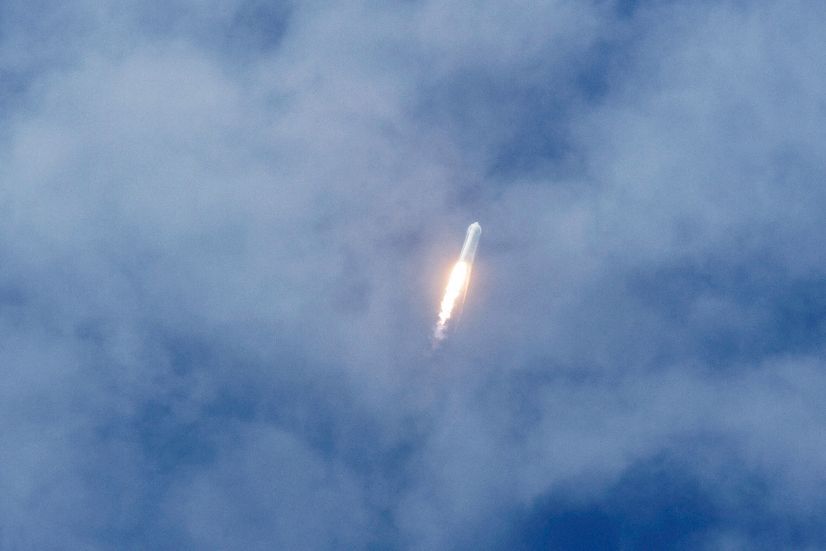This is the sixth zero day vulnerability to be found in Chrome since the turn of the year and the latest version of Chrome also contains a total of 10 security patches, seven of which are listed as ‘High’ threat with another described as ‘Critical’. To its credit, Google has been consistently quick to release fixes for these flaws with the current fix taking under a week.
If you have been holding off updating your browser, now is the time to put that right. Speaking to BleepingComputer, cyber security vendor Kaspersky warned that a new group of hackers calling themselves ‘PuzzleMaker’ have been successful in hacking both Chrome and Windows this month with Microsoft also issuing an urgent upgrade warning to Windows users.
Kaspersky advises that further undisclosed zero-day hacks in the near future could not be ruled out, so stay alert and make sure both your browser and operating system security are kept up to date.










